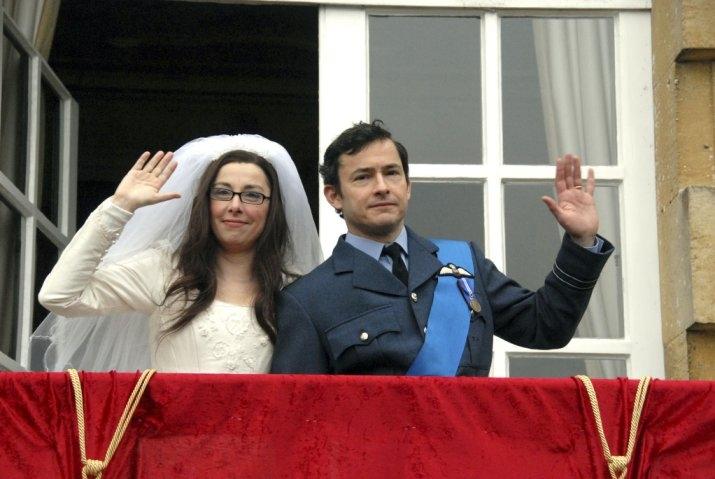There is little rational explanation for why Giles Coren and Sue Perkins are still on the television, other than that the trained ferrets have still not yet been found. They brought their inimitable, emetic style to royal weddings with last night's Giles and Sue's Royal Wedding on BBC Two. Were one forgiving (very forgiving), you could call their shtick - making every obvious joke going, hamming up their historical situations - ironic.
Their series - Giles and Sue camp their way through historical meals - is perfect for wet Tuesday afternoons when the GCSE history students need some time off from thinking, but this special, exploring the clothes, ceremonies and breakfasts of royal weddings, had neither redeeming educational value nor compensating entertainment. It was long on gurning, short on charm, a little like The Office with crowns.
My interest was only piqued when Coren mentioned that George IV married Caroline of Brunswick, an uggo mittel-European Protestant, because otherwise Parliament wouldn't clear his debts. The question begged was: why do the royals get married? Of course, this programme wasn't interested in that when there were feathered caps to wear and chicken drumsticks to eat in the manner of Henry VIII.
Of the three weddings featured - Henry VIII and Anne of Cleves (oh look, it's Sue Perkins in the style of Holbein), George IV and Caroline, and Victoria's son Bertie and Alexandra of Denmark - each seemed differently motivated. Henry had a son but probably wanted another, and his bride had to be a Protestant to shore up his new church with a European alliance. George needed the cash and - after the Glorious Revolution - was subject to Parliament's demands. And Bertie was part of Victoria's plan to infiltrate every European dynasty with the fruit of her loins. These weddings are a microcosm of contemporary issues.
And what of William and Kate, the prompt for the programme? You could argue that the social and political contexts are as present as ever: marrying Kate reflects the ascendancy of the middle classes, as also seen in the middle-class Earl in Downton Abbey. There are no dynastic benefits to the marriage, but there is a nice new selection of genes to refresh the pool. William and Kate are, we believe, marrying for love, unlike his parents, grandparents and ancestors back to William the Conqueror: the royal family finally catches up with the rest of us.















Add comment